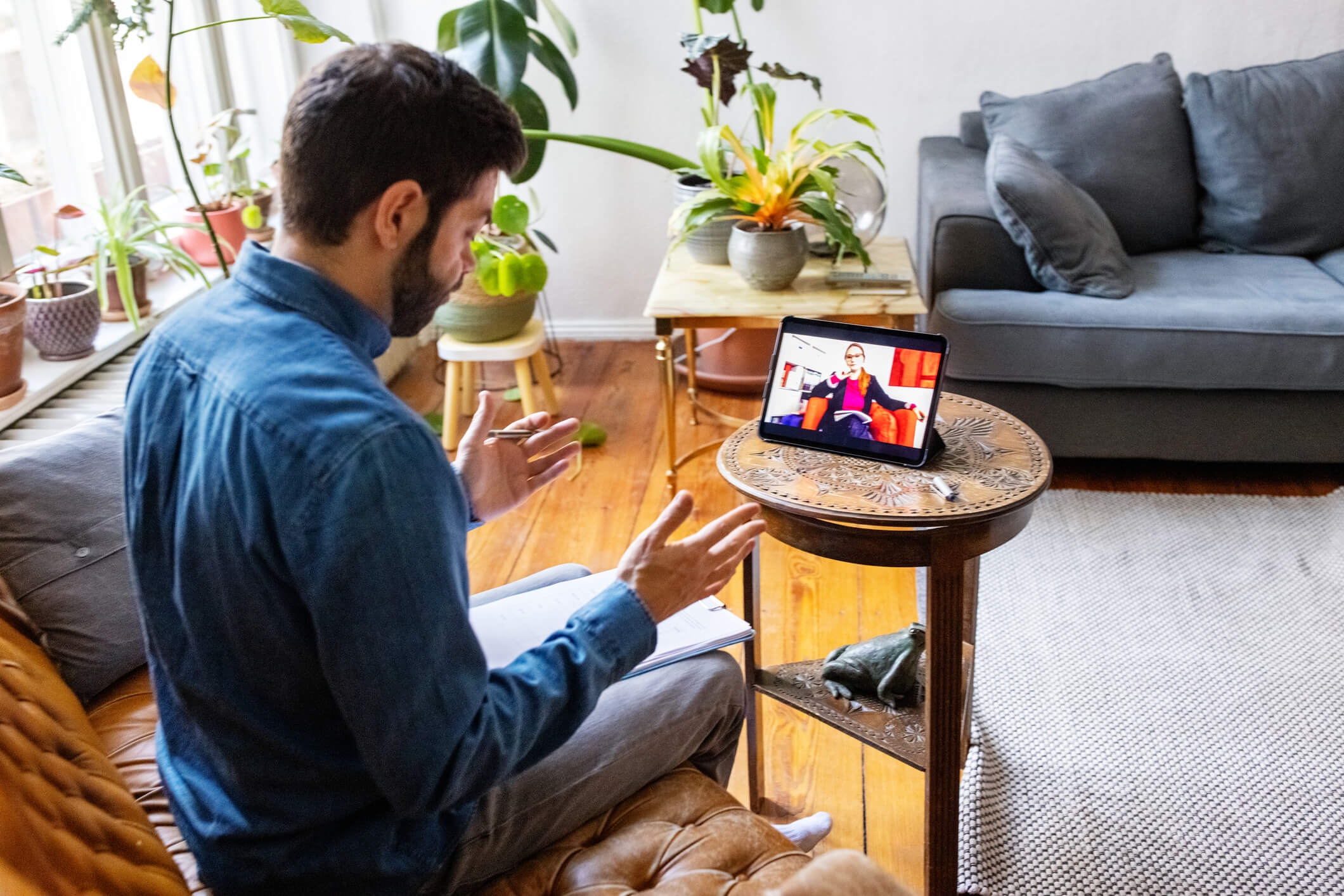The Effectiveness of Online Therapy vs. Traditional Face-to-Face Therapy
Introduction
In the rapidly evolving landscape of mental health services, the debate between online therapy and traditional face-to-face therapy continues to gain prominence. With the surge of digital solutions and telehealth platforms, many individuals are reconsidering their options and weighing the benefits and drawbacks of each modality. Understanding the comparative effectiveness of these two approaches can help individuals make informed decisions about their mental health care, optimizing their path to wellness.
This comprehensive guide delves into the benefits and challenges of online and traditional therapy, presenting research findings and expert opinions to provide a balanced perspective. Whether you are new to therapy or considering a switch, this article aims to shed light on the key factors to consider and the latest innovations shaping the future of mental health care.
Comparing Online and Face-to-Face Therapy
The primary difference between online therapy and traditional face-to-face therapy lies in the method of communication and interaction. Traditional therapy sessions occur in a therapist’s office, creating a controlled and private environment for in-depth discussions. On the other hand, online therapy utilizes digital platforms such as video calls, instant messaging, and emails, enabling clients to connect with therapists from virtually any location.
Each format has specific benefits and disadvantages. The advantage of in-person treatment is that it provides the benefit of physical presence, which helps strengthen the therapeutic alliance through nonverbal cues like facial expressions and body language. On the other hand, clients can attend sessions via online therapy at any time and from any location, including home or on the go, with unmatched accessibility and convenience. Those with busy schedules or mobility issues may find this flexibility to be a game-changer.
Benefits of Online Therapy
Accessibility
One of the most significant benefits of online therapy is its accessibility. Clients can connect with therapists from the comfort of their own homes, making it easier for those living in remote areas, managing disabilities, or balancing hectic lifestyles to access mental health services. Online therapy eliminates the need for travel, reducing the barriers to seeking help and ensuring that more people can benefit from professional support.
Comfort
Making clients feel more comfortable during therapy sessions in a familiar setting may encourage more candid and open dialogue. People are more likely to be at ease and forthcoming during sessions when they are in a safe and pleasant environment. Clients may find it easier to communicate delicate subjects and feelings due to this comfort, which can improve the therapy’s overall effectiveness.
Anonymity
A certain amount of anonymity offered by online therapy helps lessen the stigma attached to obtaining mental health care. This may inspire more people to ask for assistance without worrying about being judged or embarrassed. Clients may be more inclined to initiate treatment if they are aware that it may be done quietly and secretly in the comfort of their own homes.
Benefits of Traditional Face-to-Face Therapy
Personal Connection
Face-to-face treatment sessions can yield a very meaningful personal connection. Body language, facial expressions, and eye contact are examples of non-verbal communication cues that can be interpreted while a therapist is physically present. By improving comprehension and empathy, these clues can assist the therapist in more precisely assessing the client’s feelings and providing the right kind of response.
Structured Environment
Regular therapy sessions provide a structured setting that encourages discipline and routine. Clients may find it easier to concentrate and treat their mental health seriously when they are in a dedicated therapeutic environment free from distractions from daily life. They may feel comfortable exploring their thoughts and feelings in this regulated setting without worrying about interruptions from the outside world.
Immediate Support
In-person sessions allow for immediate support and interventions from the therapist. The immediacy of addressing emotional responses and providing on-the-spot therapeutic techniques can be particularly beneficial during moments of crisis. Having a therapist physically present can offer a sense of reassurance and stability, which is crucial for individuals experiencing intense emotions or distress.
Common Issues and How to Overcome Them
Technical Difficulties
One common issue with online therapy is technical difficulties, such as poor internet connections, software malfunctions, or device failures. These disruptions can interrupt the flow of therapy sessions and create frustration for clients and therapists. To mitigate these challenges, it’s essential to test your equipment before sessions, ensure you have a reliable internet connection, and keep your devices updated with the latest software.
Lack of Non-Verbal Cues
Online therapy may lack the ability to pick up on subtle non-verbal cues, which can be crucial in understanding a client’s emotions. Body language and facial expressions are examples of non-verbal communication that is important for expressing emotions and ideas. Therapists can get over this restriction by being more talkative and ensuring they thoroughly understand the client’s feelings and worries. During sessions, clients are also urged to describe their bodily sensations and to communicate their feelings honestly.
Distractions
Engaging in therapy at home can introduce distractions that wouldn’t be present in a therapist’s office, such as household noises, interruptions from family members, or the temptation to multitask. To create a conducive environment for therapy, it is important to set up a dedicated, quiet space for sessions. Informing household members of your therapy schedule and setting boundaries can help minimize interruptions and maintain a professional atmosphere during sessions.
How to Choose Between Online and Traditional Therapy
Deciding between online and traditional therapy depends on individual needs, preferences, and circumstances. Several factors should be considered, including accessibility, comfort levels, and specific mental health concerns. Online therapy may be the ideal choice for individuals who prioritize convenience and flexibility. It allows clients to fit therapy into their schedules without the need for travel, making it easier to maintain consistent sessions.
Conversely, individuals who thrive on personal interaction and value the physical presence of a therapist might find traditional face-to-face therapy more effective. The in-person experience can enhance the therapeutic connection and provide a deeper sense of support and understanding.
It’s also worth considering a hybrid approach, combining online and in-person sessions to tailor the therapy experience to your unique needs. This strategy can provide flexibility and preserve the advantages of in-person encounters, giving you the best of both worlds. Speaking with a mental health specialist might help you choose which modality would be best for your objectives and particular circumstances.
The Future of Therapy: Innovations and Trends
The future of therapy is brimming with potential innovations that promise to revolutionize the field. Artificial intelligence (AI) and virtual reality (VR) are two technologies expected to improve therapeutic approaches and provide new avenues for mental health treatment. Virtual reality (VR) can be used to construct immersive environments for exposure therapy, giving patients a secure space to confront and process their fears and anxieties. On the other hand, AI can assist therapists and clients during the therapeutic process by offering personalized treatment plans, virtual assistants, and real-time feedback.
These advancements promise to make therapy more interactive, personalized, and effective. As digital platforms evolve and integrate these technologies, the distinction between online and traditional therapy will continue to blur, offering a range of options to meet diverse mental health needs. The future of therapy will likely see a seamless integration of digital tools and traditional methods, making mental health care more accessible and adaptable to individual preferences and lifestyles.







